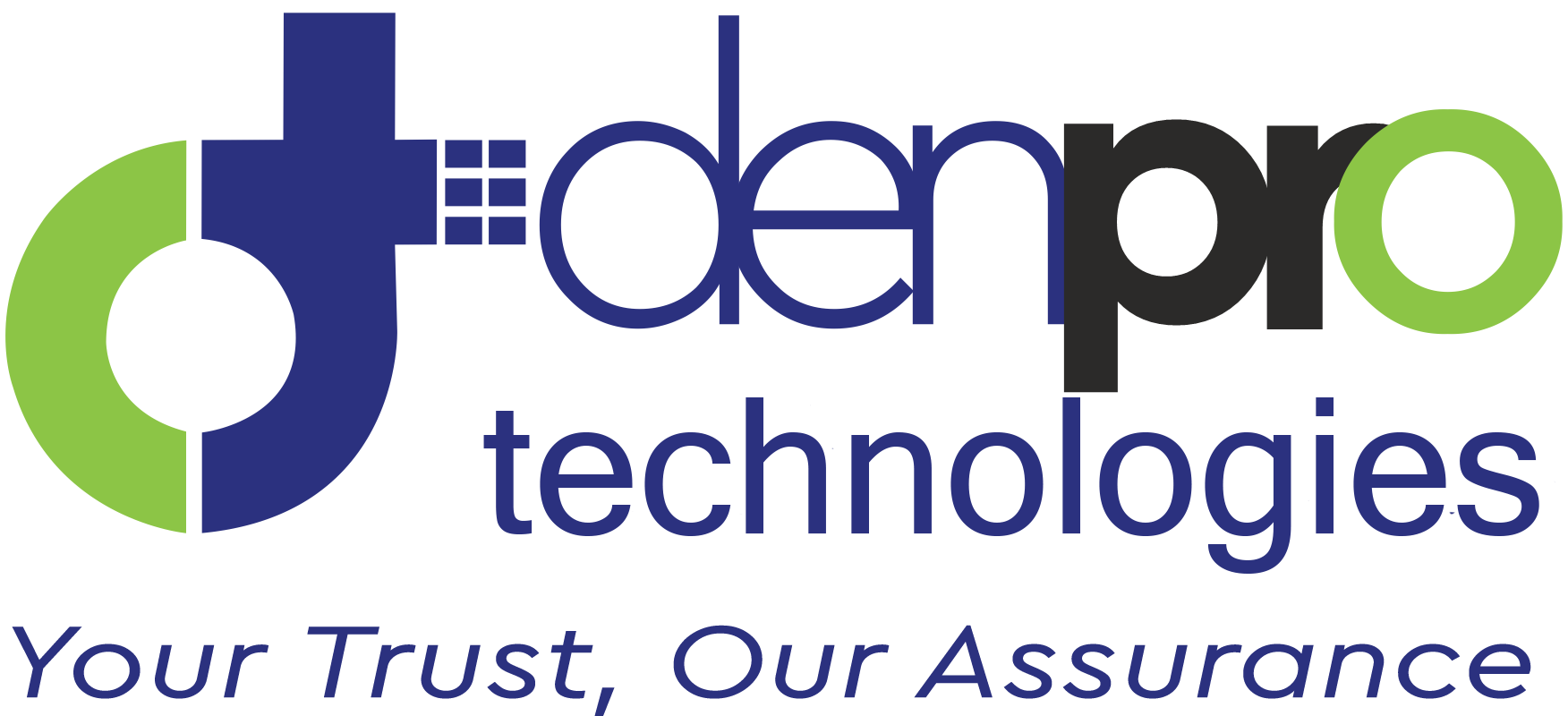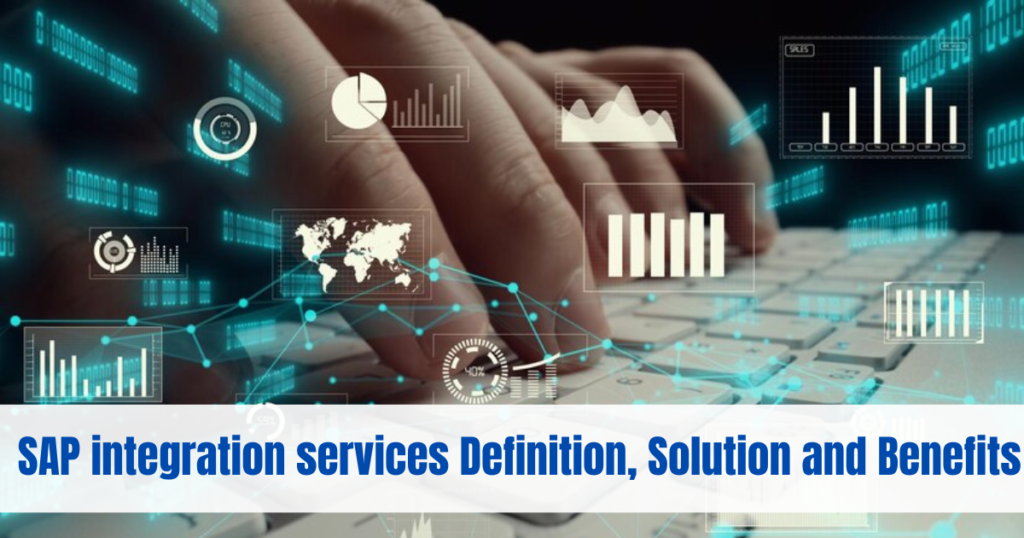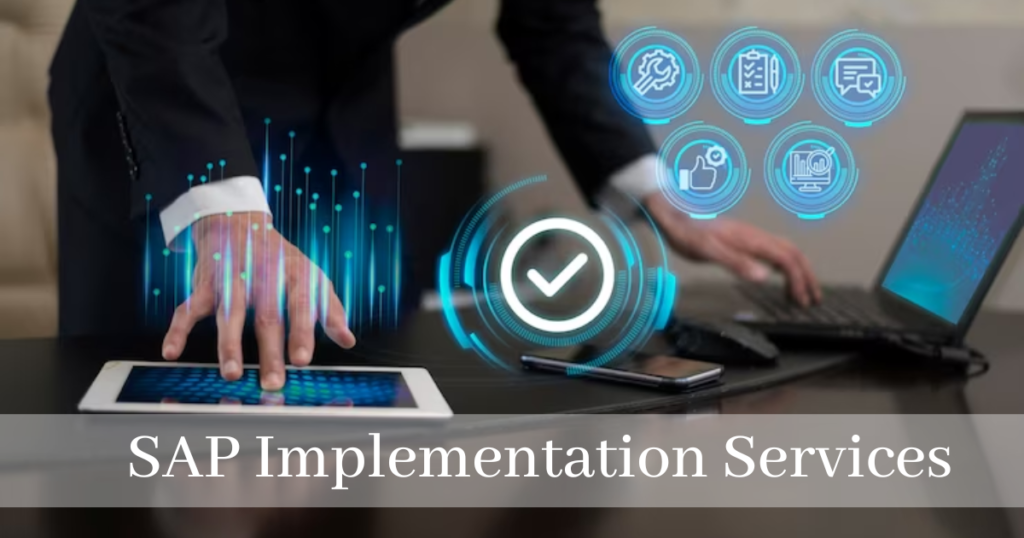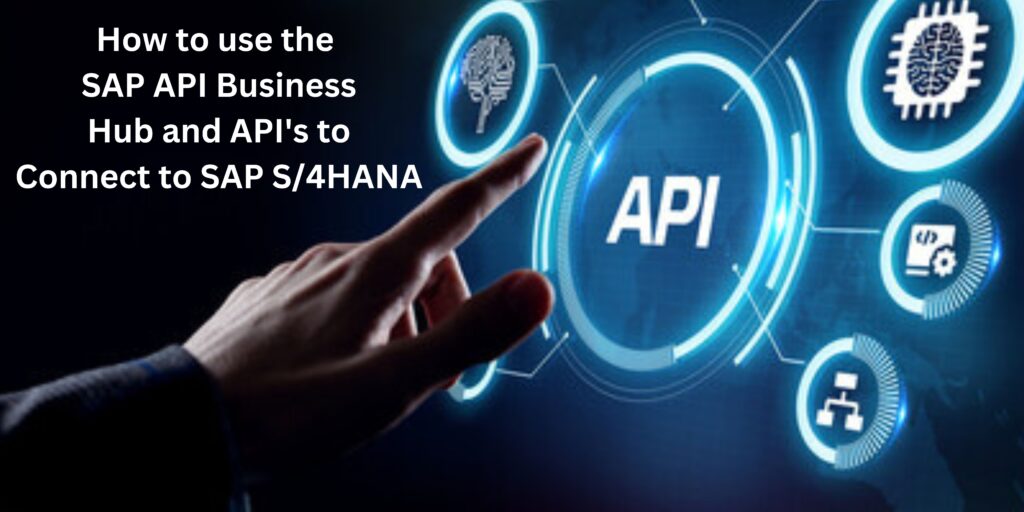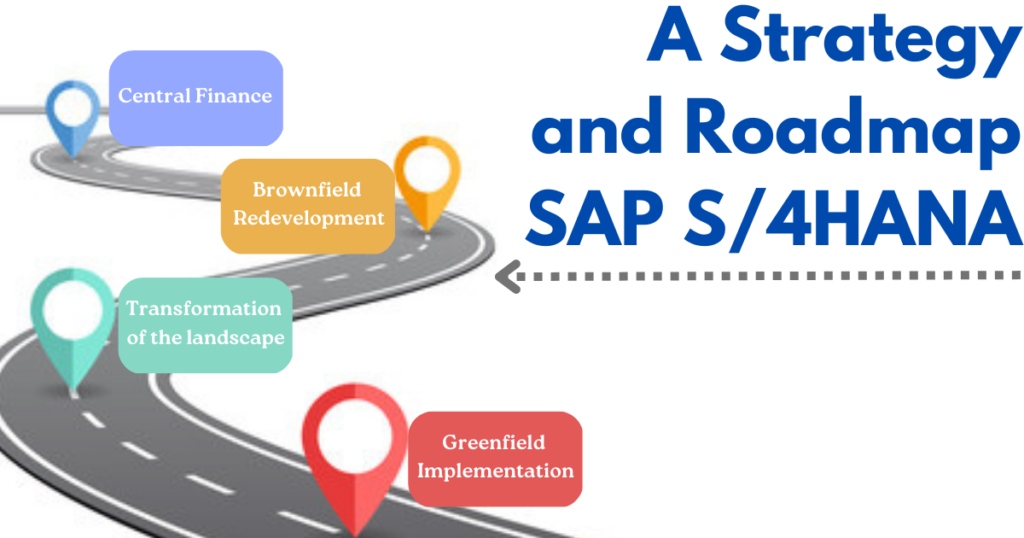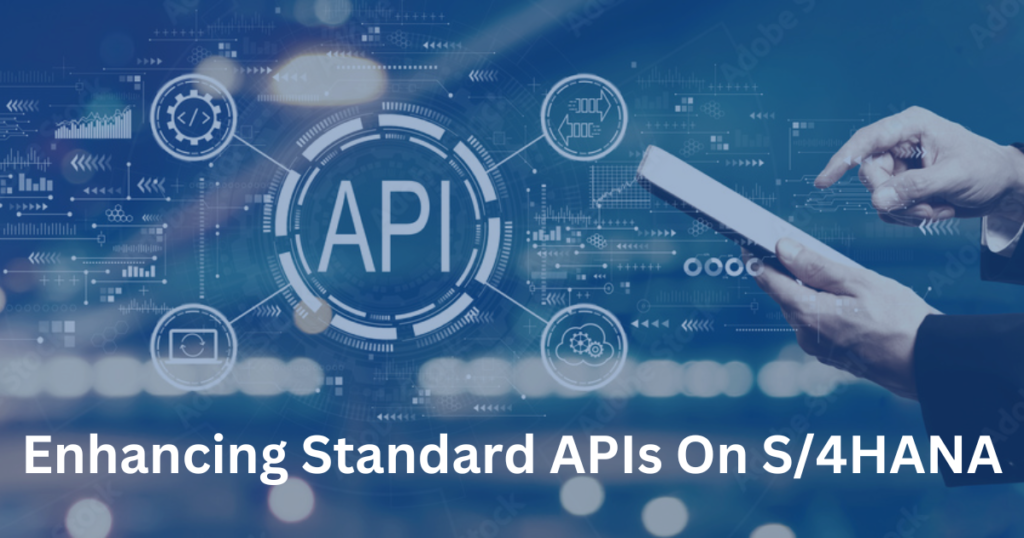Best SAP Implementation Consultant for Your Business Needs:
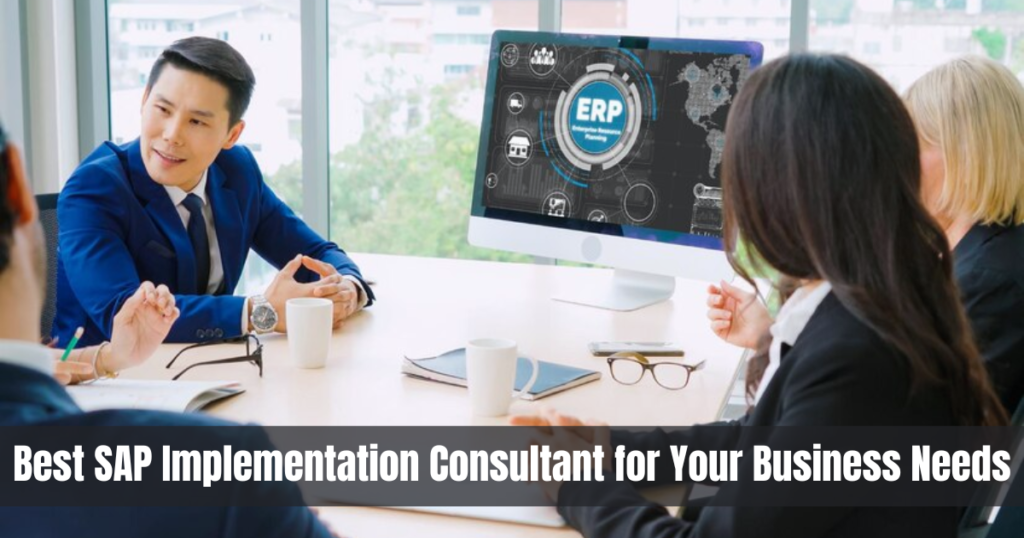
SAP implementation is a complex and time-consuming process that requires expertise and experience. SAP implementation consultants play a crucial role in ensuring that the implementation is successful, on time, and within budget. With the growing demand for SAP implementation services, it can be challenging to choose the right consultant or consulting firm. In this blog, we will discuss what makes the best SAP implementation consultant and how to select one that fits your business needs.
First, let’s understand what SAP implementation consultants do. SAP implementation consultants are professionals who help businesses to implement SAP software solutions. We provide SAP consulting services to help companies configure, customize, and deploy SAP software. SAP implementation consultants also help businesses to train their employees and ensure that the new software is integrated into their existing systems seamlessly.
Now, let’s look at the qualities that make the best SAP implementation Consultant:
1-Expertise in SAP Implementation Services: The best SAP implementation consultants have extensive knowledge and experience in implementing SAP software solutions. They should have a deep understanding of various SAP modules and the best practices for SAP implementation. They should be able to provide valuable insights on how to customize SAP software to meet your business needs.
2-Good Communication and Interpersonal Skills: Communication is key to the success of any SAP implementation project. The best SAP implementation consultants should be excellent communicators, able to clearly explain technical concepts to non-technical stakeholders. They should also be good listeners and able to understand your business needs and goals.
3-Good Communication and Interpersonal Skills: Communication is key to the success of any SAP implementation project. The best SAP implementation consultants should be excellent communicators, able to clearly explain technical concepts to non-technical stakeholders. They should also be good listeners and able to understand your business needs and goals.
3-Proven Track Record: The best SAP implementation consultants should have a proven track record of successfully implementing SAP software solutions for other businesses. They should be able to provide references and case studies that demonstrate their expertise in SAP implementation.
4-Flexibility: Every business is unique, and SAP implementation consultants should be flexible in their approach. They should be able to adapt their implementation methodology to fit your business needs, rather than using a one-size-fits-all approach.
Now that we have discussed the qualities that make the best SAP implementation consultant let’s look at how to select one that fits your business needs.
1-Define your Business Needs: Before selecting an SAP implementation consultant, you should define your business needs and goals. What are the pain points you want to address with SAP software? What are your business objectives? Defining your business needs will help you to select an SAP implementation consultant who can provide customized solutions that meet your specific requirements.
2-Research SAP Implementation Consultants: Once you have defined your business needs, the next step is to research SAP implementation consultants. Look for consultants with a proven track record of successfully implementing SAP software solutions. Check their website, read their case studies, and ask for references.
3-Schedule a Consultation: Before selecting an SAP implementation consultant, schedule a consultation with them. This will give you an opportunity to discuss your business needs and goals, ask questions, and assess their expertise and communication skills. During the consultation, you should also discuss the SAP implementation methodology they will use, timelines, and budget.
4-Schedule a Consultation: Before selecting an SAP implementation consultant, schedule a consultation with them. This will give you an opportunity to discuss your business needs and goals, ask questions, and assess their expertise and communication skills. During the consultation, you should also discuss the SAP implementation methodology they will use, timelines, and budget.
5-Select the Best SAP Implementation Consultant: Once you have evaluated the proposals, select the best SAP implementation consultant that fits your business needs. Consider their expertise, communication skills, proven track record, and flexibility.
In conclusion, SAP implementation is a crucial process that requires expertise and experience. The best SAP implementation consultant should have the qualities we discussed, including expertise in SAP implementation services, good communication and interpersonal skills, a proven track record, and flexibility. To select the best SAP implementation consultant for your business, define your business needs, research SAP implementation consultants, schedule a consultation, evaluate proposals.
